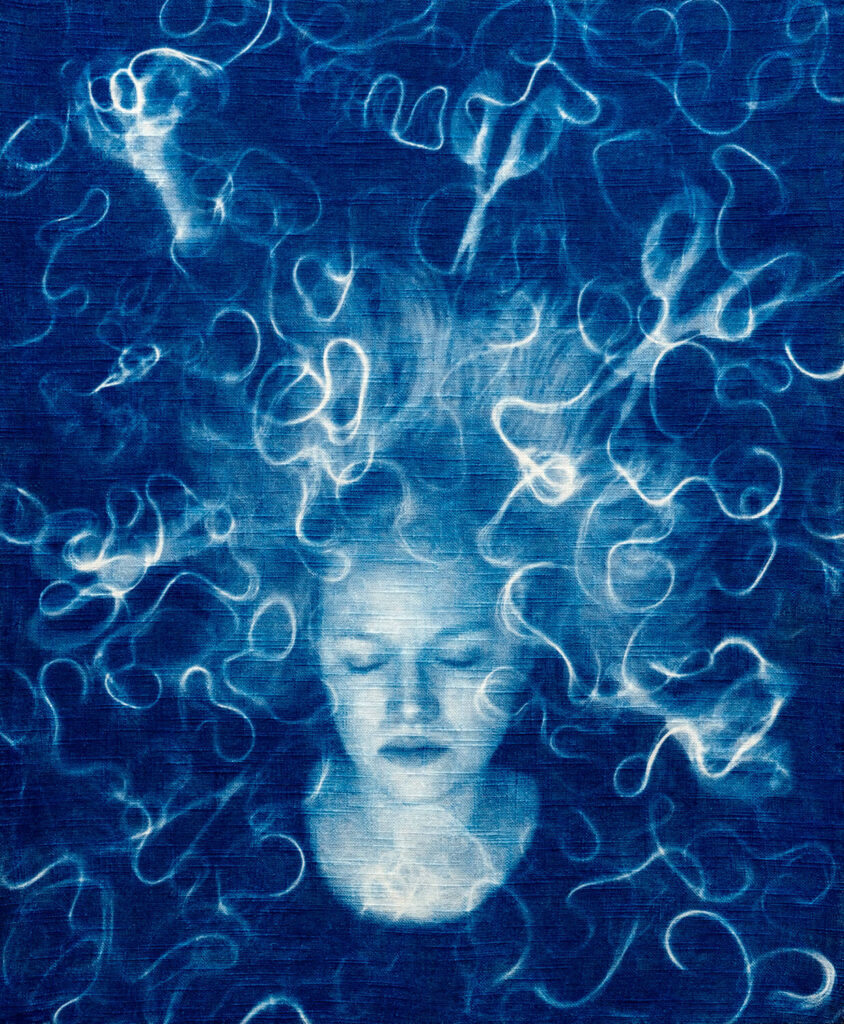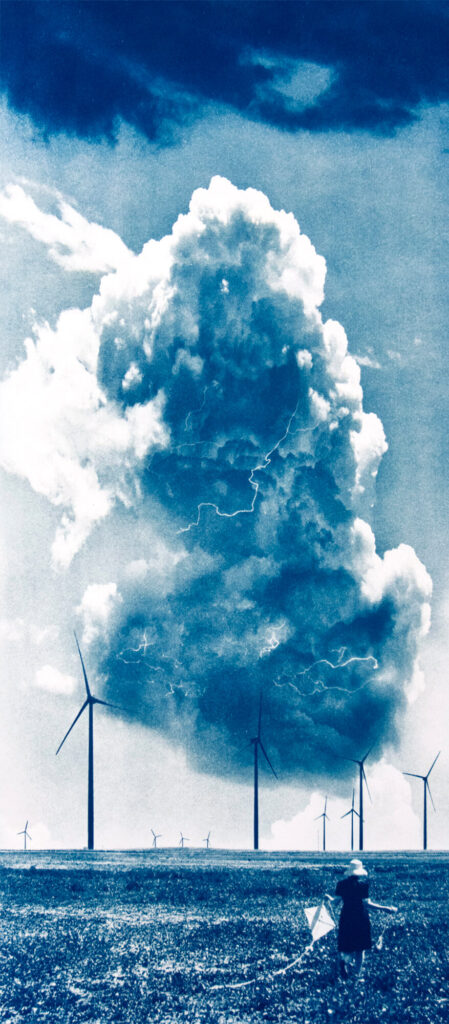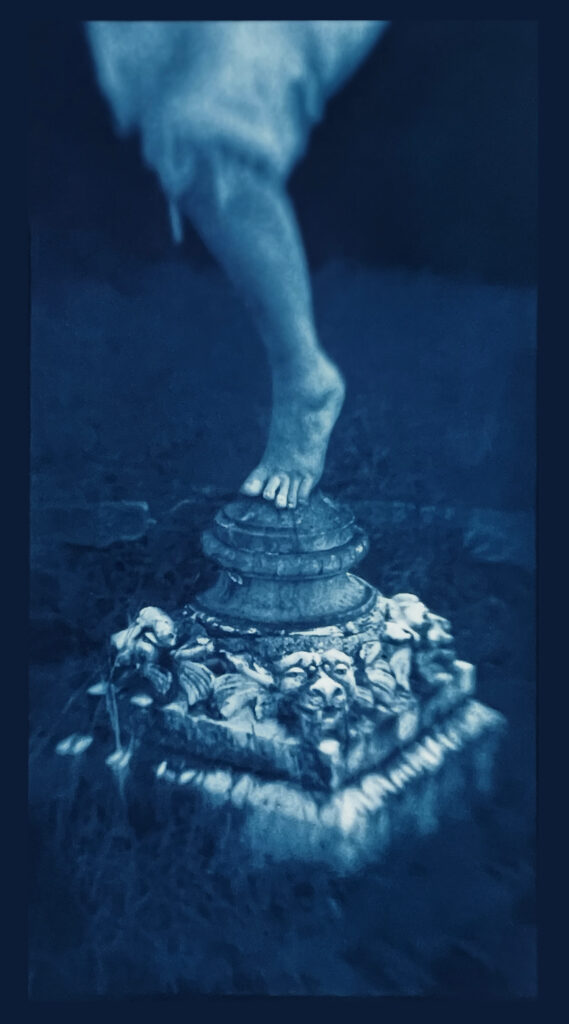Workshops
Dive into the captivating world of cyanotypes in this hands-on and immersive online workshop. Join Emma Powell to learn the art of this versatile photographic process to create your own stunning images at home.
Dates:
Sep 7, 2024 - Sep 14, 2024
Levels:
Intermediate,
Advanced,
Workshop Fee: $275
Workshop Duration: 6 hours over 3 weekend sessions (Saturday/Sunday & the following Saturday, 12-2pm ET)
Workshop Location: Online
Class Size: 10
Note: This workshop will be held in a live, online format utilizing the Zoom platform.
The Sep 7-14 class meets on Sep 7, 8 & 14 from 12-2pm ET.
Cyanotype is an accessible and versatile photographic process. Led by Emma Powell, this workshop will introduce this technique and creative ways to use it. You will experience lectures with examples from inspirational artists working in this medium. Demonstrations will include effective cyanotype techniques, working with the chemistry, and ways to break the rules. We will also go over choosing papers or other materials and the possibilities for setting up an at-home alternative process dark/dim room. We will explore photograms and approaches to negatives. There will be regular opportunities for discussion and troubleshooting.


Cyanotype is affordable, requires minimal processing, and works well with mixed media; this makes it ideal for beginners and those wanting to incorporate a new technique into their artistic practice.
Students will need the following materials on hand by the first class session:
- Cyanotype Kit 250 ml, recommend Bostick & Sullivan
- One pack/pad with a minimum of 15 sheets of 8×10 or larger paper. 100% cotton, acid-free, unbuffered papers are best. Recommendations (choose one)
- One darkroom tray 12”x16” or plastic storage tub or stoppable sink – at least the size of the paper.
- Contact Frame – You will need a way to press negative materials flat against the coated paper. This can be a traditional contact frame or a picture frame with non-UV coated glass (or plexiglass) and easy-to-remove backing. Another option is a sheet of glass with a firm piece of cardboard of the same size and at least 6 medium-size binder clips. 11×14 inches recommended.
- Foam or paint brush (2-4 inches)
- A cup or small plastic dish that will fit the brush.
- Gloves: Nitrile, first aid, or rubber gloves.
What is a Photogram?
A photogram is a photographic image created by placing objects directly onto a photosensitive surface, such as light-sensitive paper or film, and exposing it to light. The objects block the light, resulting in a silhouette or shadow-like image. Photograms are made without the use of a camera or a negative and often produce unique and abstract compositions.


All images copyright Emma Powell.
Share This

Instructor: Emma Powell
Emma Powell is a photographic artist who primarily utilizes alternative and historic processes. At the heart of Powell’s work are fictional narratives in which a single character encounters curious and surreal scenarios. To create the fantasy aspects of her images, Powell uses digital collages and creative manipulations of photographic materials. In 2009 Powell spent the summer as a teaching assistant at Maine Media Workshops. Powell earned an MFA in photography from Rochester Institute of Technology and taught photography for a decade at Colorado College and Iowa State University. In addition, Powell has led workshops at Penland School of Crafts, and other educational institutions. Powell’s artwork has been exhibited widely including at the Fox Talbot Museum, Lacock Abbey, England, Panopticon Gallery, Boston, and Colorado Photographic Arts Center, Denver.

